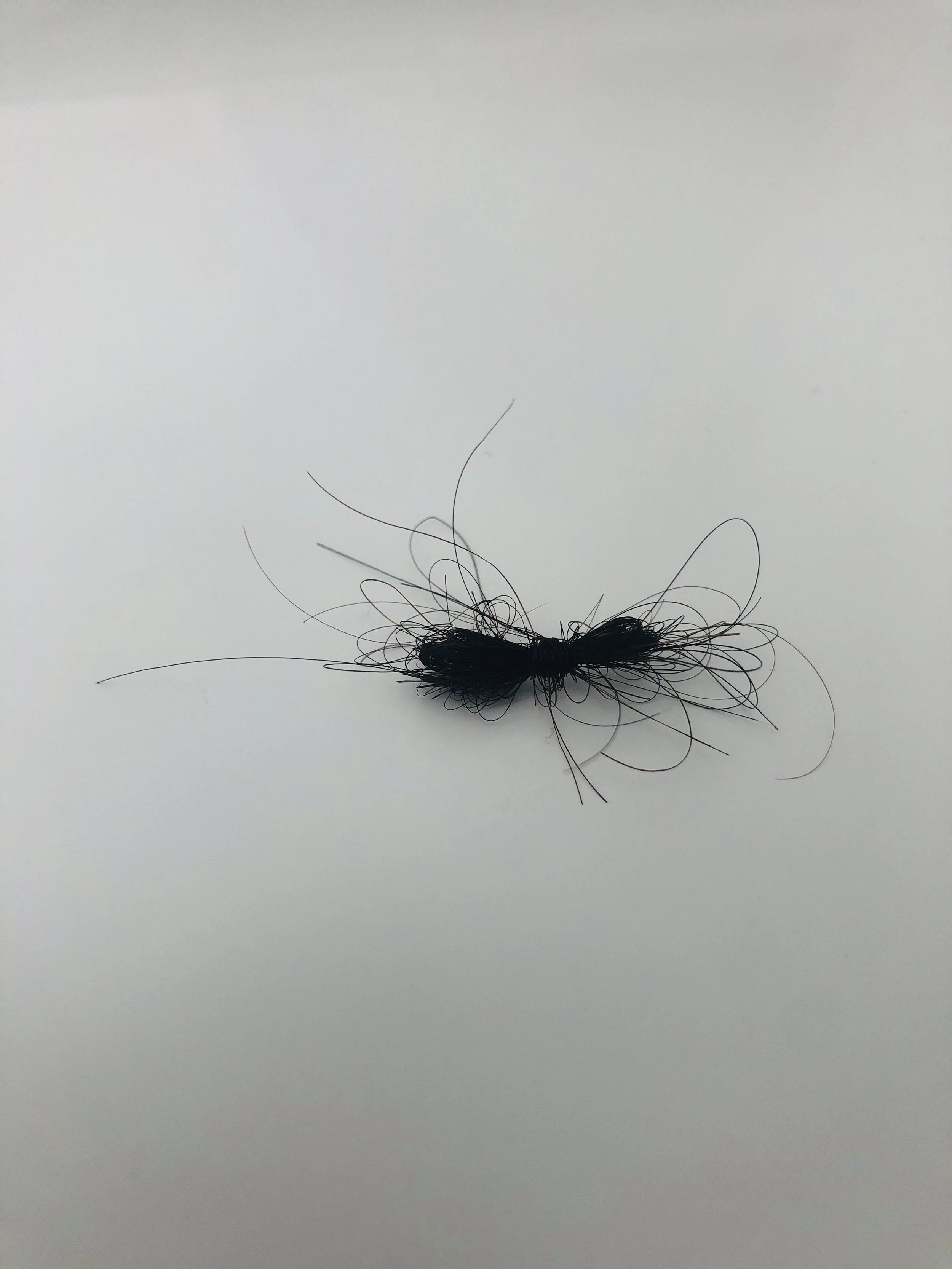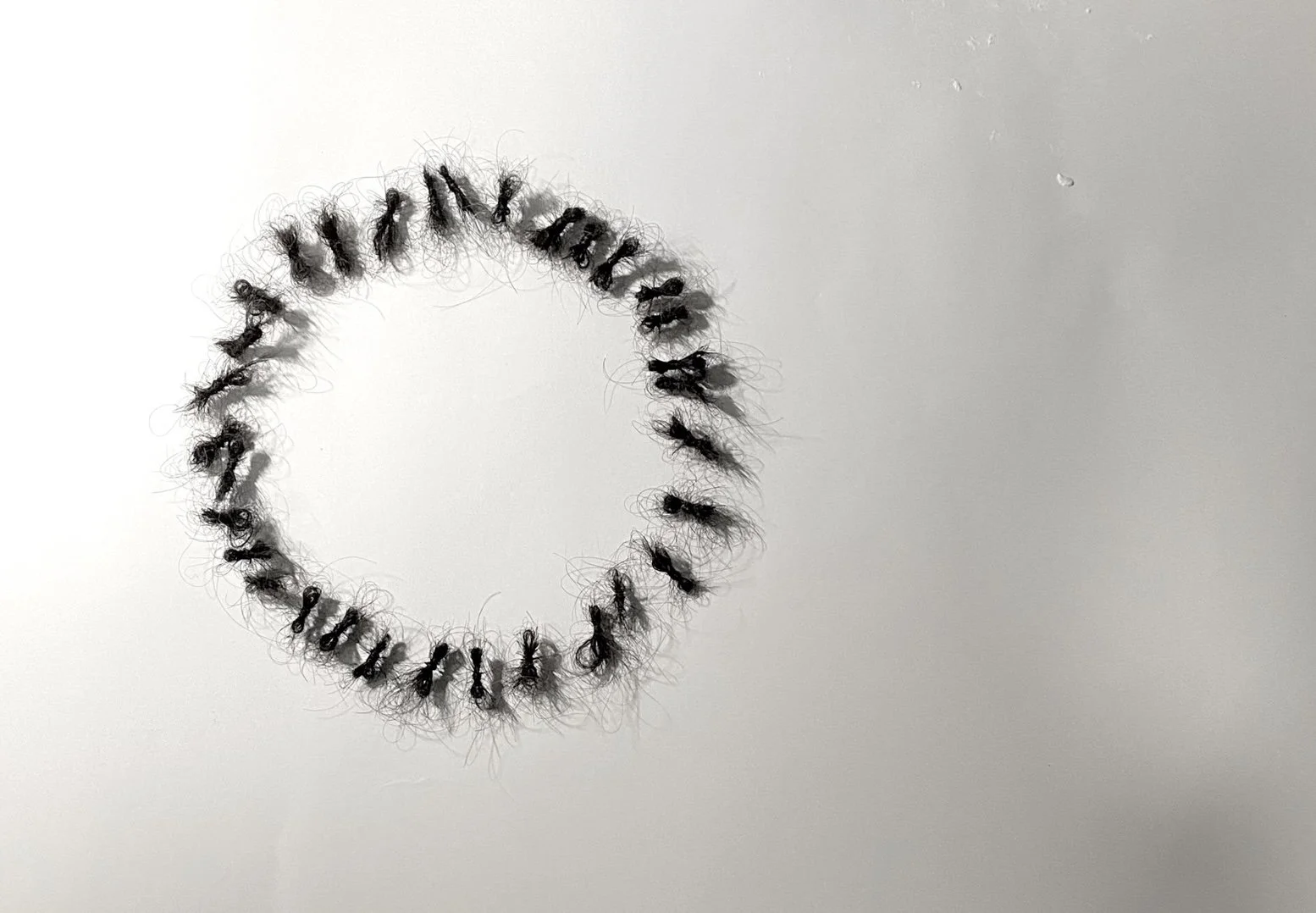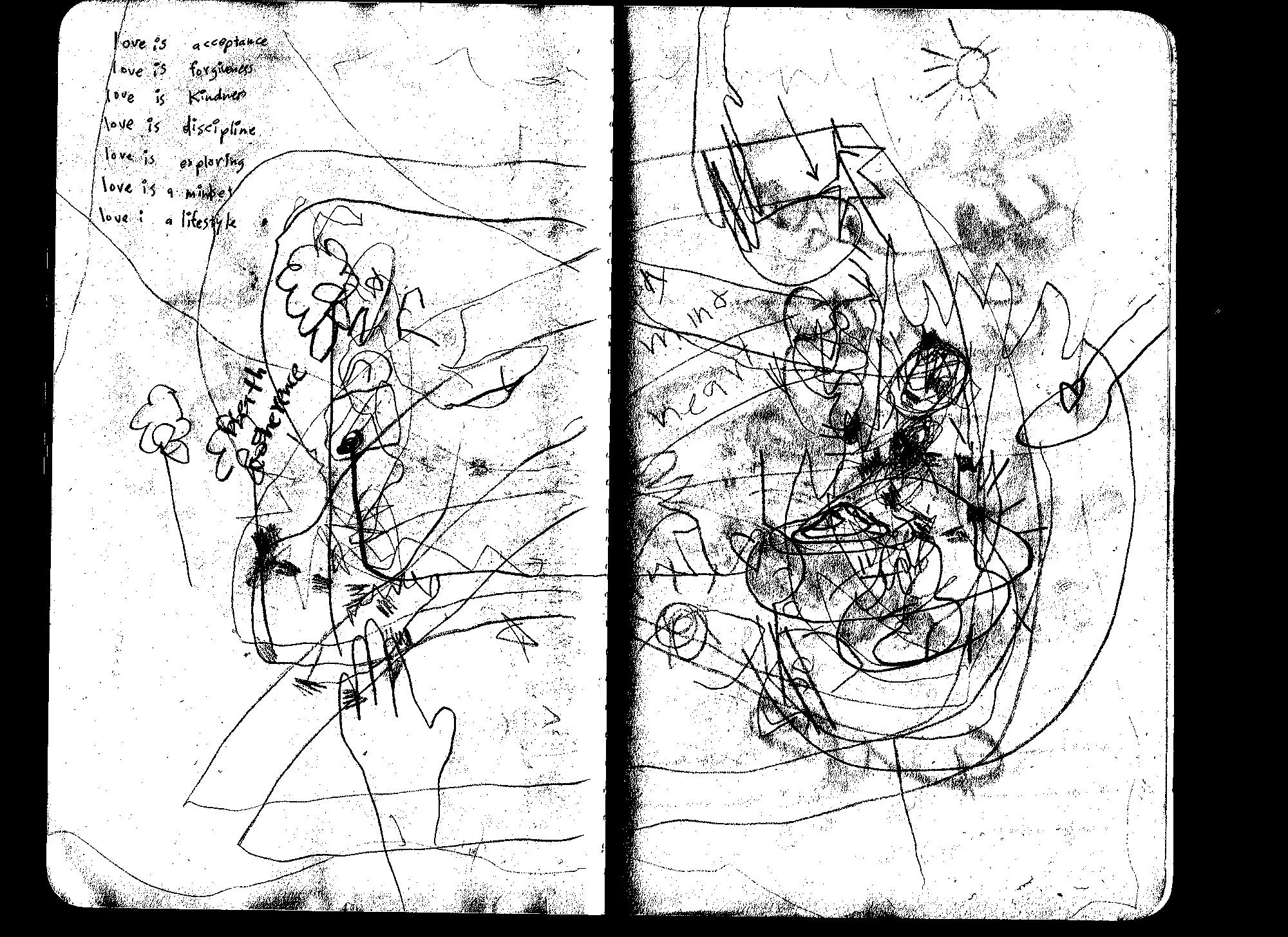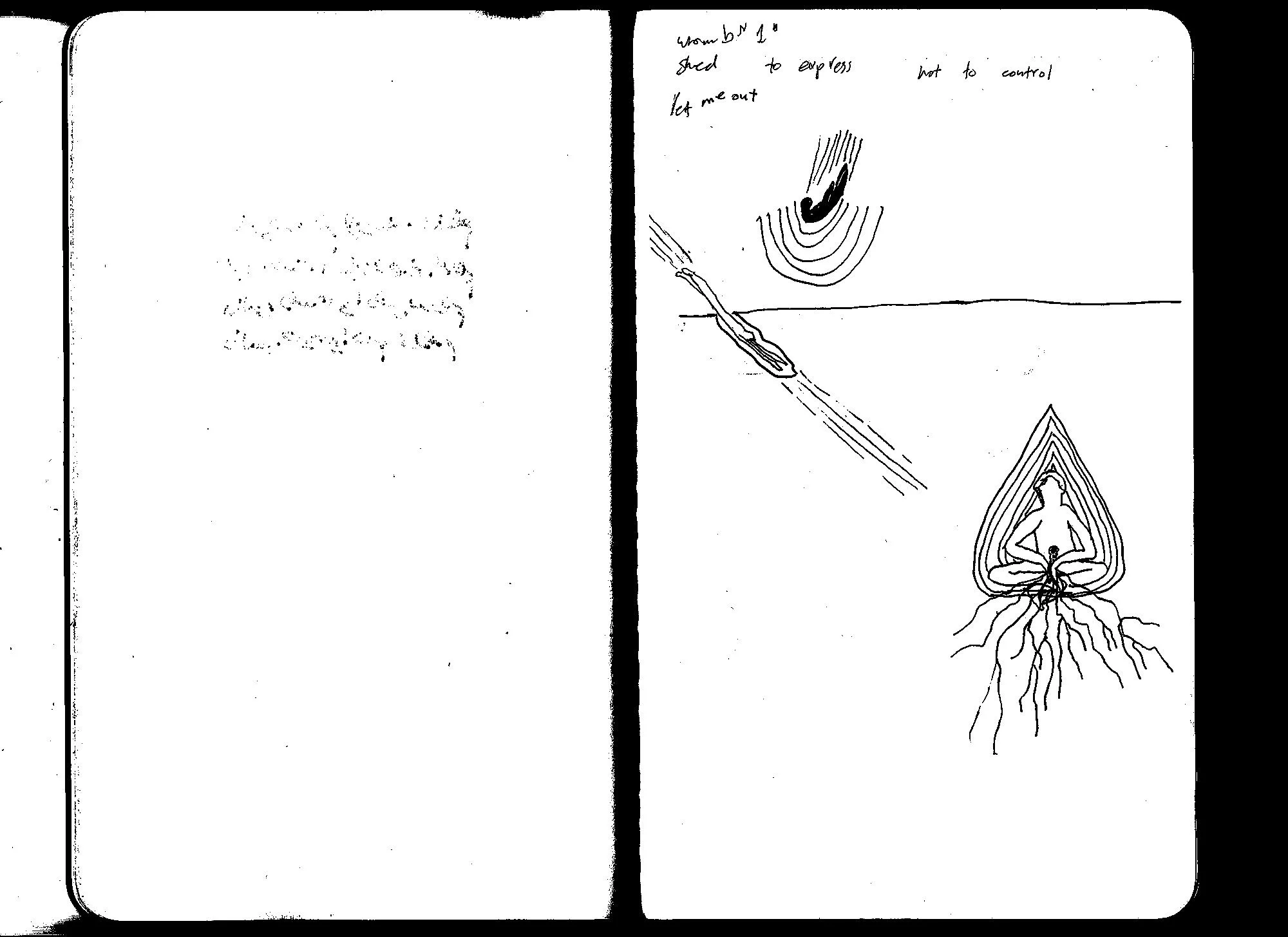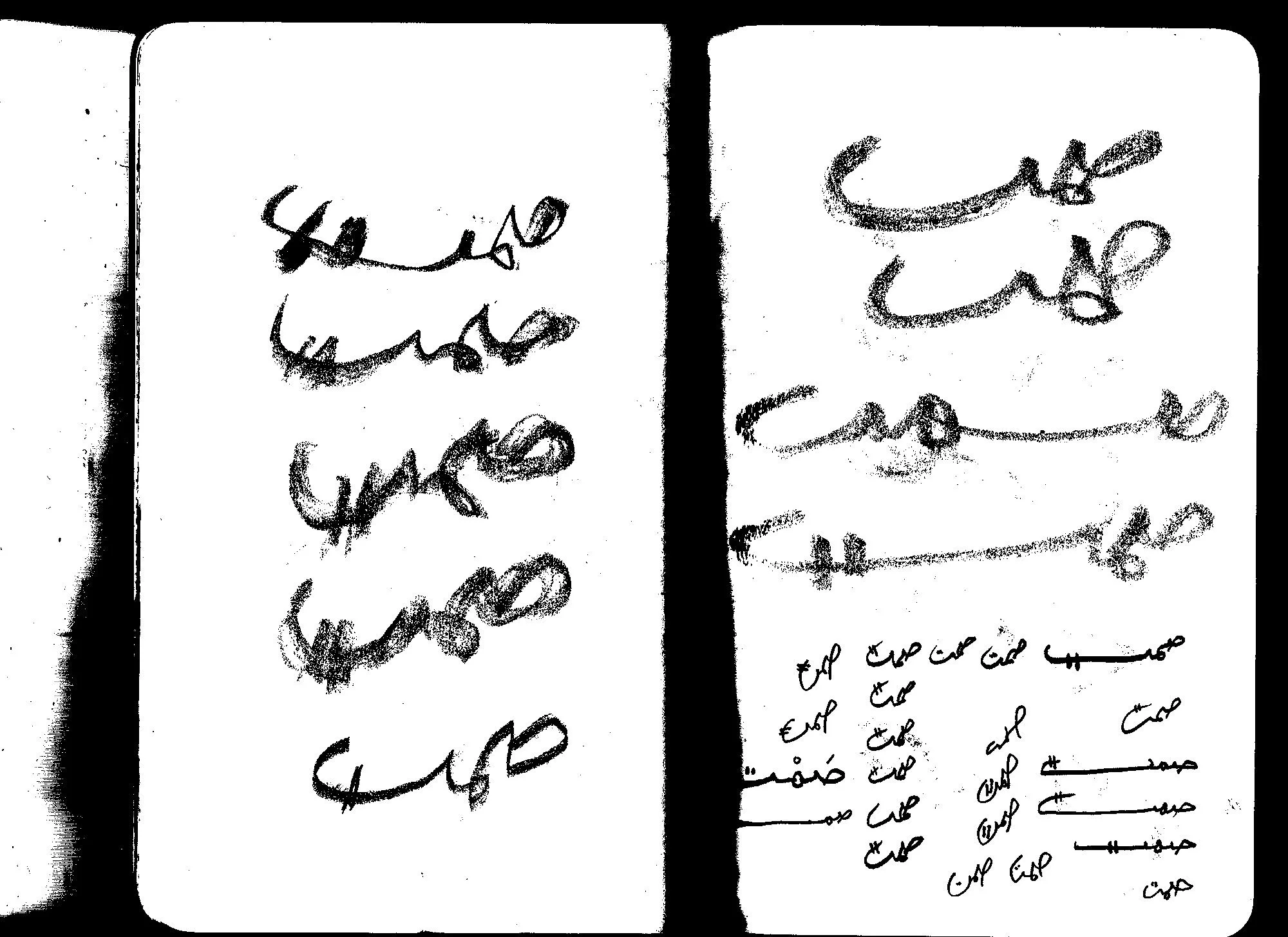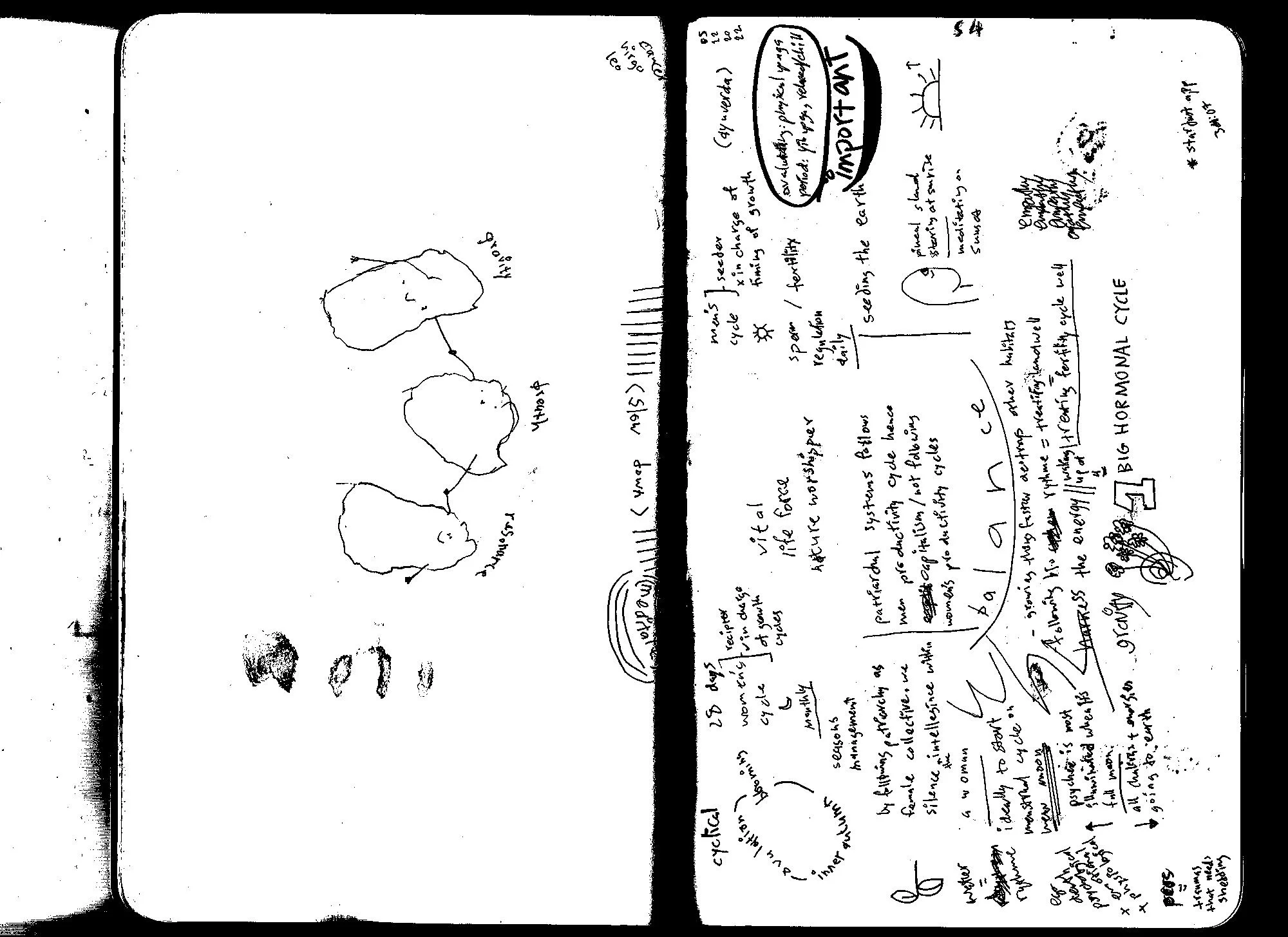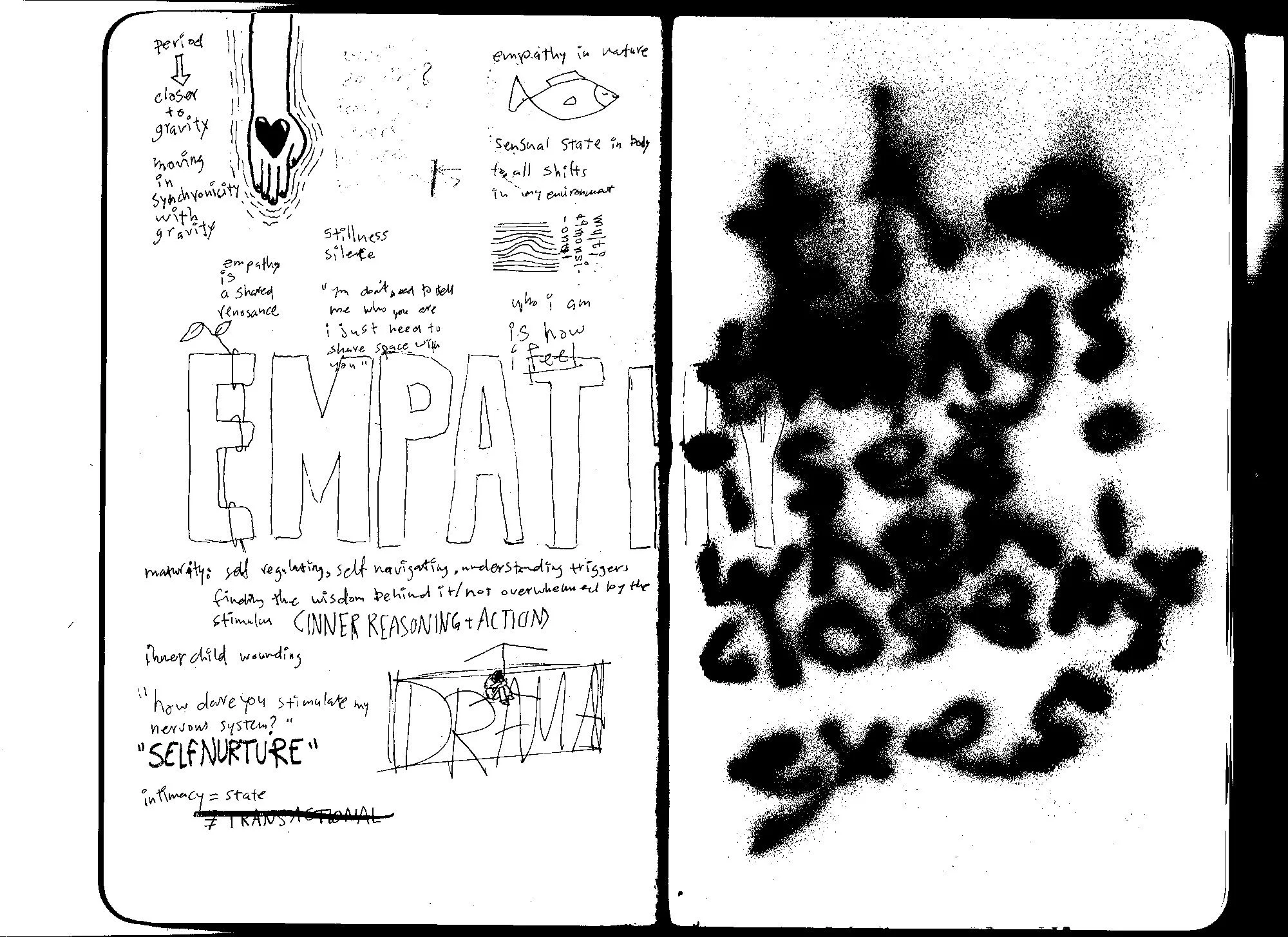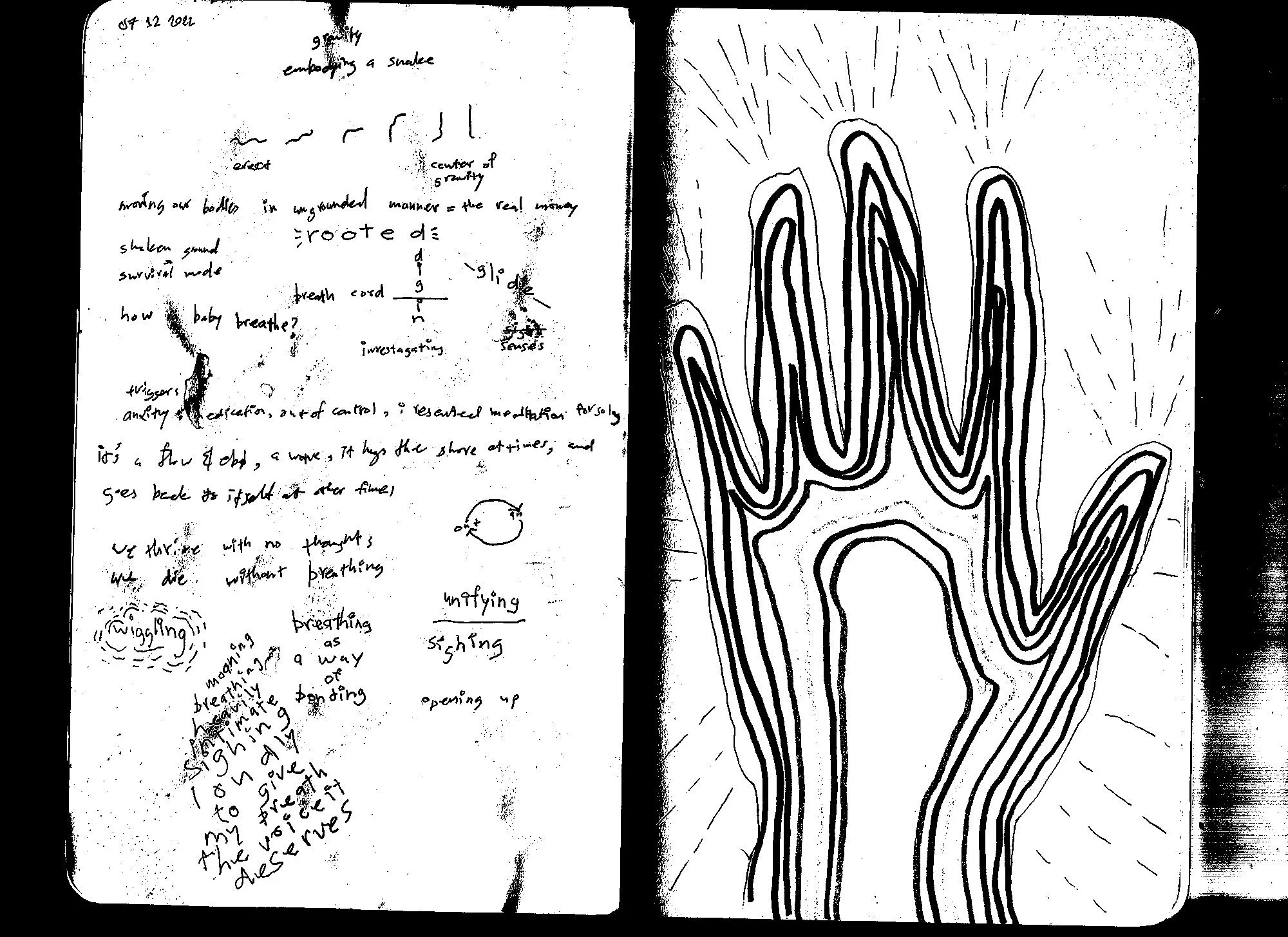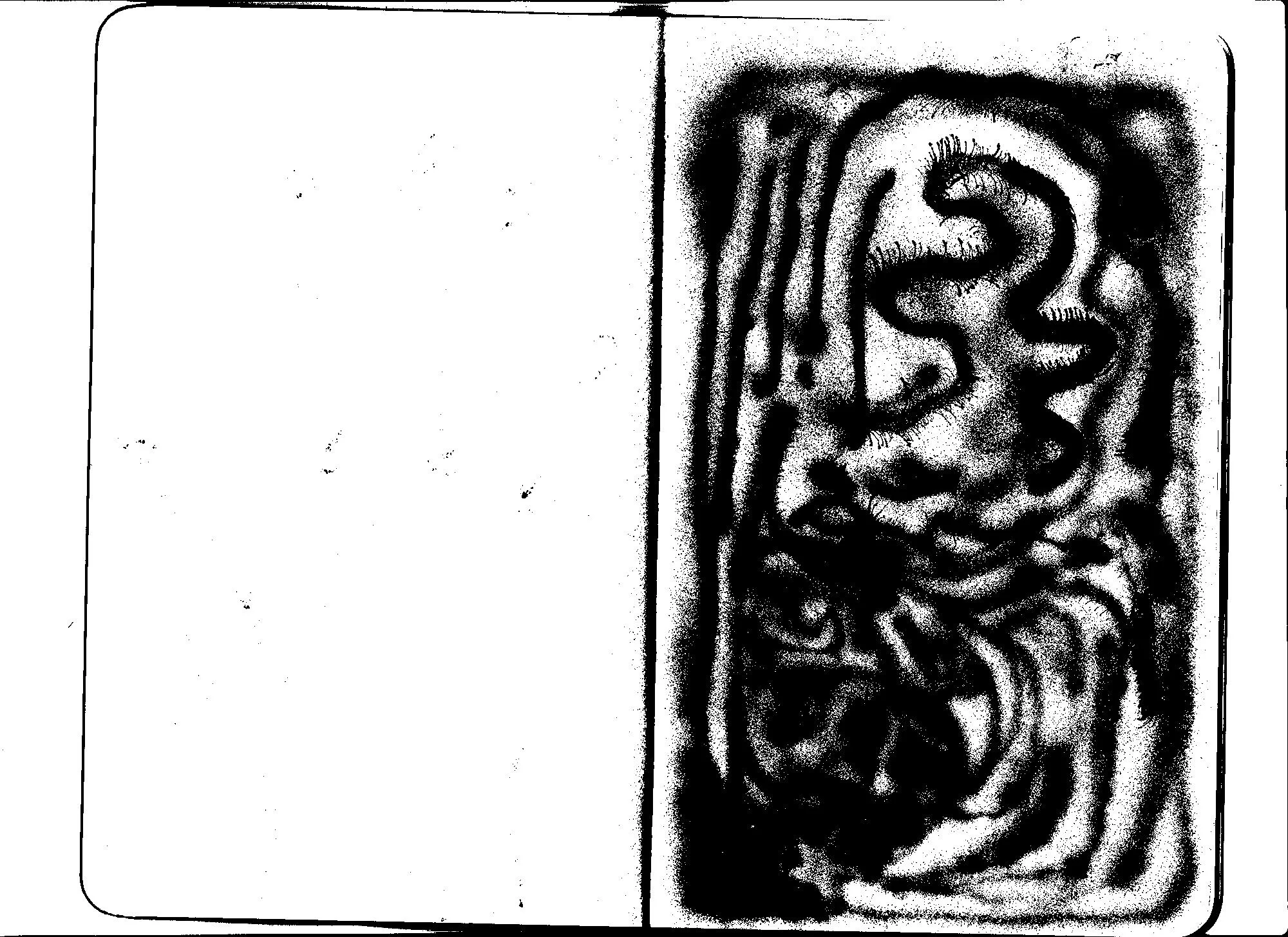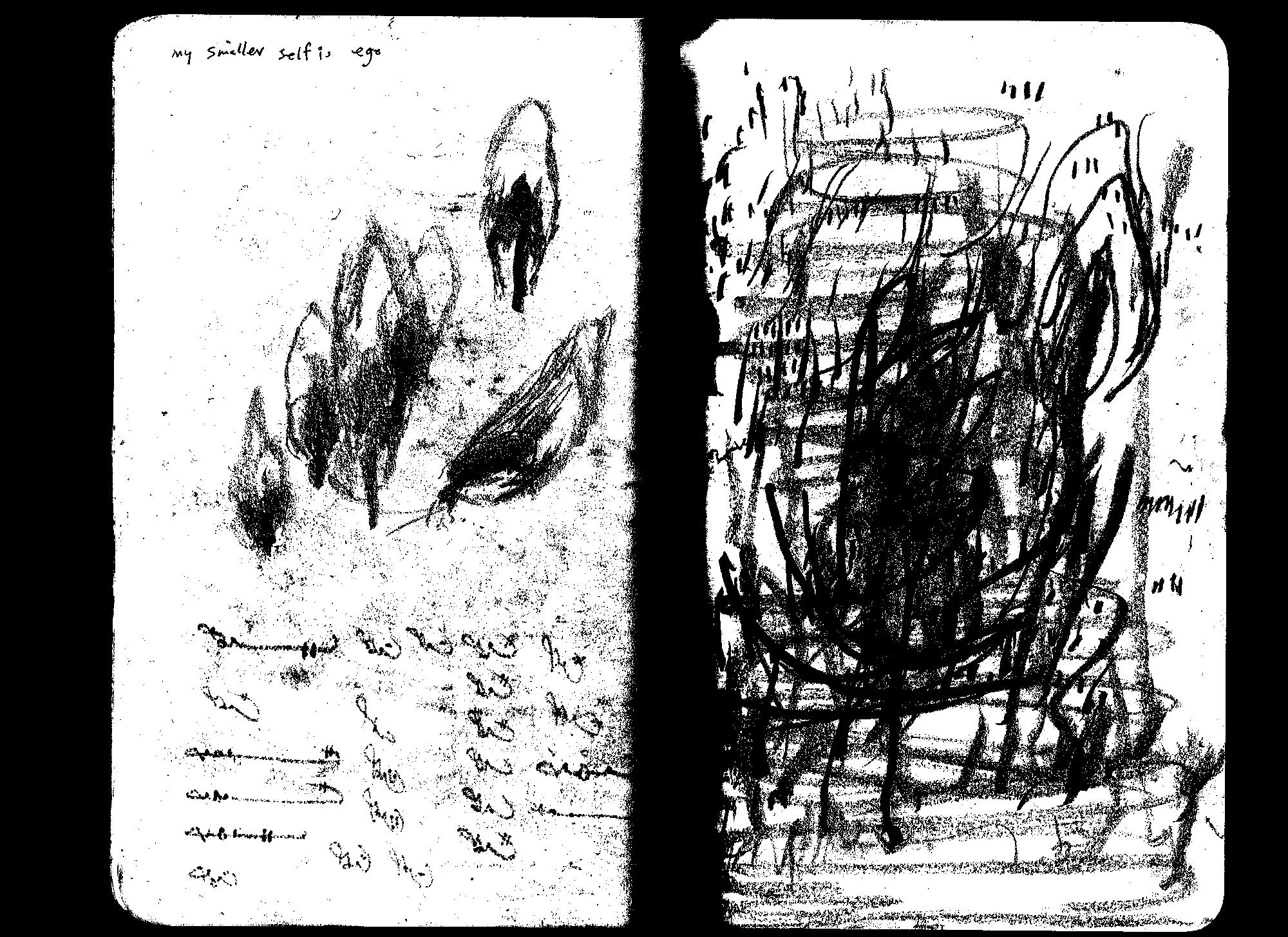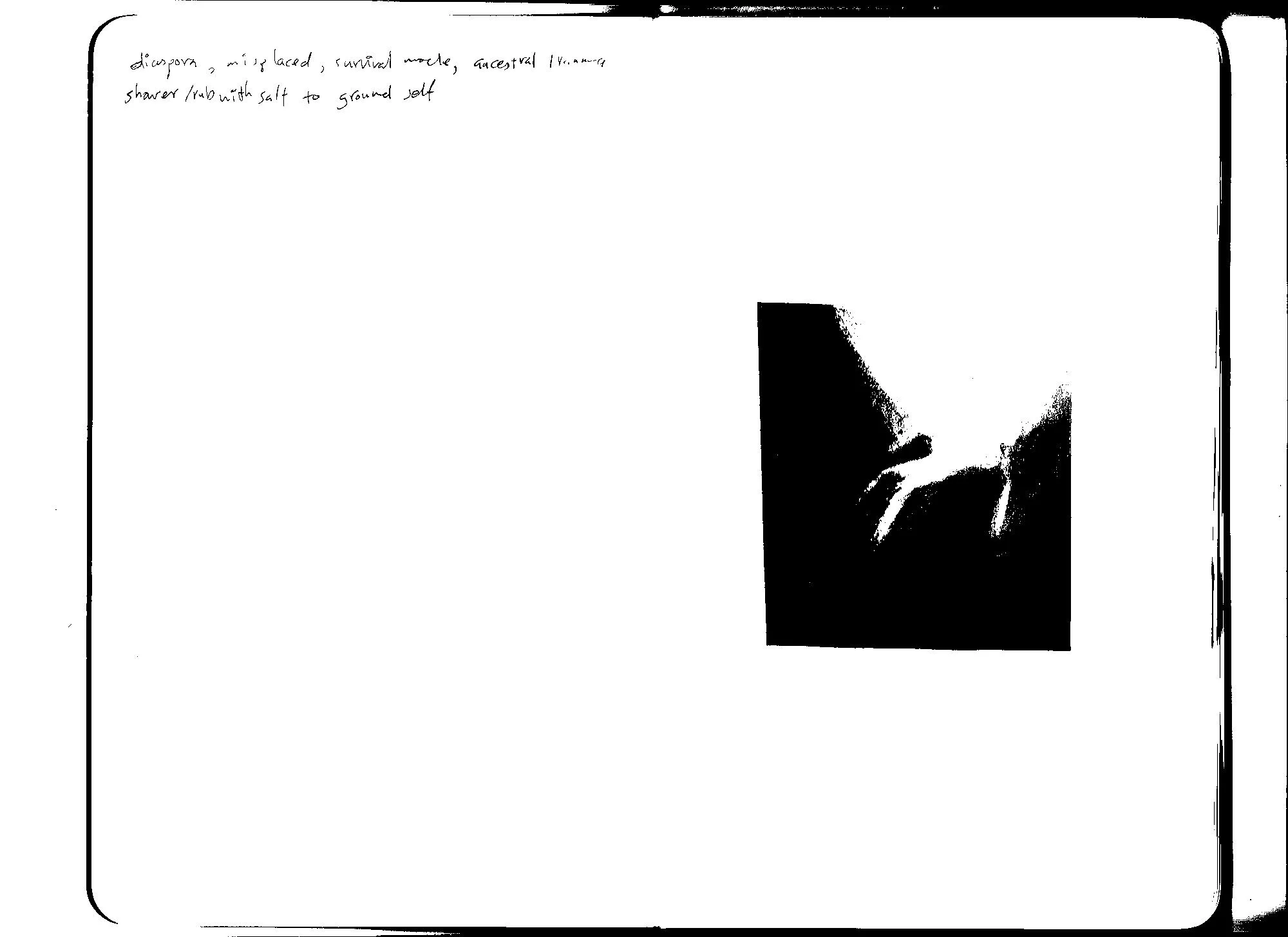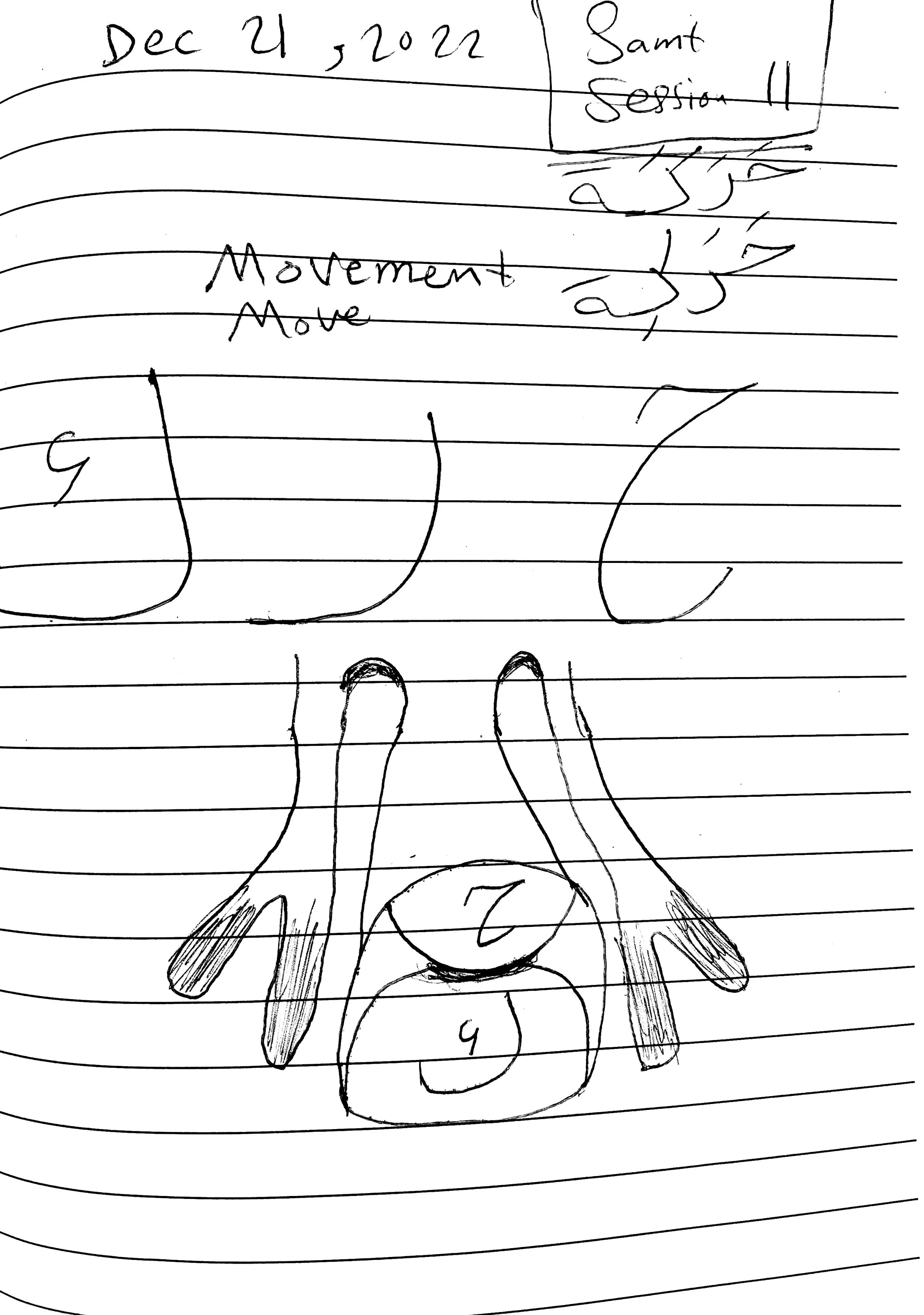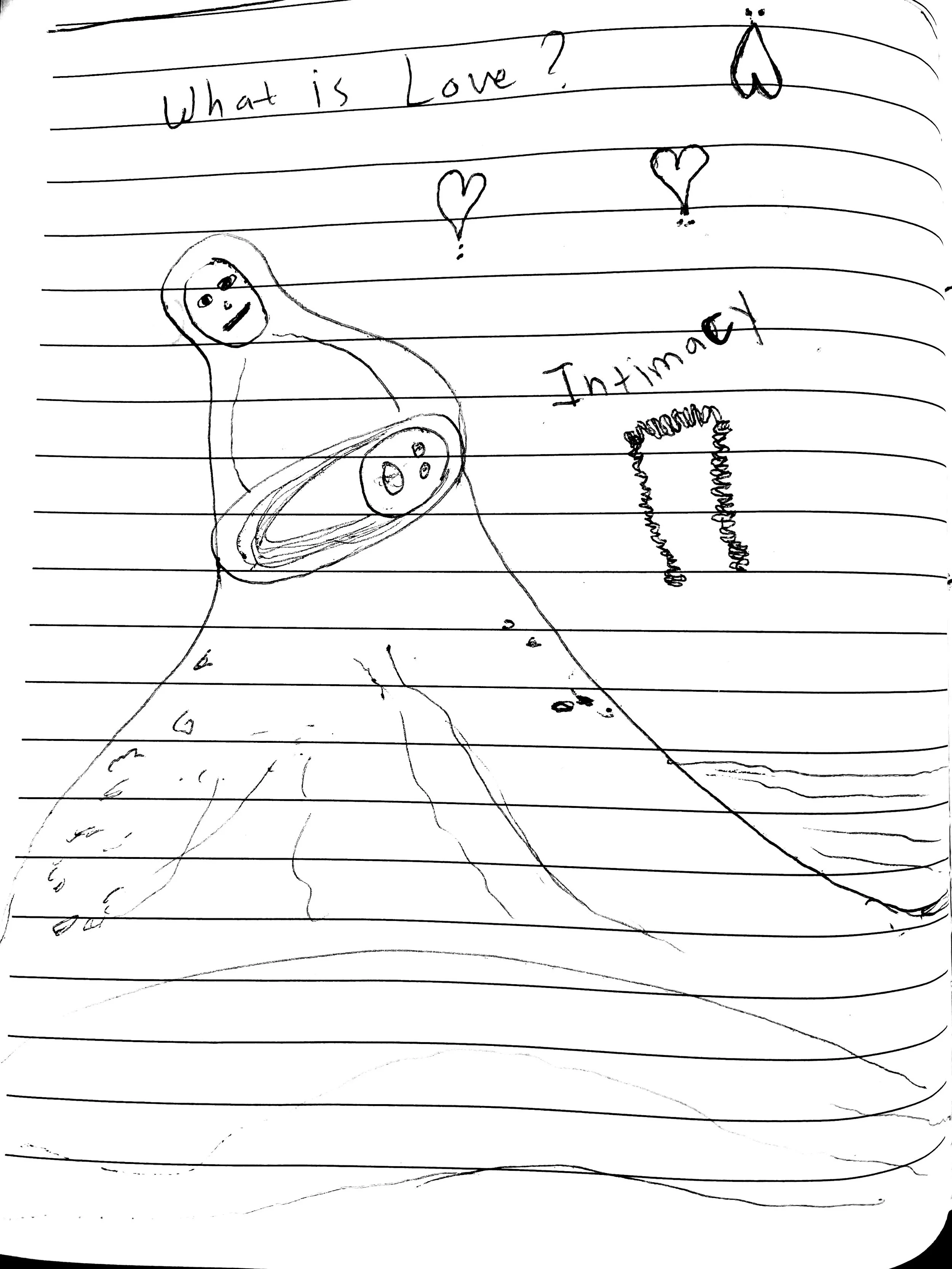It was like a cultural backwater where I lived. All the books were up high, out of my access. The family was, in a sense, culturally conditioned.
It grew in intensity, and that's how I began my odyssey as a black sheep.
I wanted to function intuitively by constantly going back and forth in-between spaces. To confront reality.
The transparency of the water was an exciting element for me. I did not know the words that describe water, but I always liked how it absorbs and finds a home among seemingly incompatible elements. The encounters I've had in my older years range from a single glass of water to an entire ocean.
The ocean is not a myth, as the globe has shown me. It is real; there's an aspect of violence of the danger of this constant flow and ebb. I internalized the inherent violence and peril of this ever-changing tide which I felt inside and imposed the whole choreography of ephemerality into my work so that you can't fight against it.
I feel sensuous when I have a feeling of the ebb. It has something to do with the sensuality of making art. it's like a wet-foot situation where you have to dive deep inside yourself to touch the gravity through your cords and come back.
I've always been disturbed by gravity and the idea behind it. My mother told me once that when I was a small child, I would spend a long time throwing things in the air and getting increasingly enraged when they came down.
Gravity is the thing I can't quite come to terms with. I wanted things to take another form instead of falling down like dead. That sounds a little strange, but that's how it is.
I don't like the term 'art'. It's quite worn out: I don't think we ever think about art when we work. We are solving a problem or problems. If it's an art that comes incidentally and much later.
There's a sexual undertone to everything. It's a beautiful feeling of fullness; it gives me a glow and fills the void. I feel sensuous while making love with my work.
As a kid, I didn't understand the meaning of aesthetics. I never liked an image that didn't have a complete form with deep color. I always like 3D images. Although I had no idea what is it, we call it a sculpture. I instinctively understood what it meant to me sensationally. It made an enormous impact. I remember spending hours arranging colored objects on the carpet because of that instinct to make things go here juxtaposed with various colors and tones. It used to make me furious at times.
I am trying to remember when I lost all those colors. I don't know how I became more inclined toward black and white. When and how I started feeling that I couldn't handle too much information about those colors. I wanted to be precise and immaculate and absorb everything in one transparent drop.
The body, with its functions, dysfunctions, failures, and rich panoply of sensations, does not lie. These ‘Bodily Distempers’ give her access to the realm of the unconscious, which is the royal road to the otherwise unrecoverable past. So she studies closely and compulsively to records her pain. She thus has to have more not less of her symptoms; both bad and good experiences must be intensified.
In some cases, the stream of her associations from her is triggered, by a sensory stimulus that throws and opens a view on hitherto remembered and lived moments, which use to make her feel like a woman, became hunting. It is an encounter with another person that brings the pain to the fore. Her associations are the result of an exercise deliberately undertaken as a method of unlocking the past.
She reads herself every day, closely and compulsively to record that pain. A pain that doesn’t have a name.
She forgets. But she started living in the past; each day was a complete misunderstanding for her. She must not go down memory lane as a way of living but must forge herself for the euphoric ecstasy art does for her.
The task she set herself was to keep the emotions raw and alive because her sculpture was to make conscious what she experience unconsciously. She must move from "all-encompassing to the precise", which she equates as a move from "the unconscious to the conscious. What she grasps from the repressed in which her individual past is one instance of what we all share.
She is the protagonist; she stands in the center. This compulsion is related to the parallel need to empty her body or her house as much as to evacuate her mind – a need that coexists, with an opposing drive to fill in empty space.
I live with my depth within me, but now I need to dig inside myself to confront the rage inside me. I need to make it literal and concrete what I feel and experience. I need to go into what is unbearable butknown. I will make it consciously in order to give it a visual form. I want people to feel what I feel, to hear what I hear in order to connect and listen to their own bodies. I will punish and scream over the face of a liar.


What is wrong with me
I have made so many resolutions, written sad notes
I have cried over my deeds
But it just doesn’t seem to help
When I get in a passion
I get so savage
And I could hurt anyone
I felt that I won’t be angry again
I am angry nearly every day
I am learning to not let it get the batter of me
As they say
There are some natures too noble to curb - to lofty to bend
Collaborators in order of appearance:
Amna Ilyas
Khadeeja Hamid
VOYYYD
May Al Moataz
– Khadeeja Hamid
Firas S
– Amna Ilyas
Andrew Riad
Sulaiman Al Omar
– Amna Ilyas
Guidance by: Ragini Nagu
Curation by: Walid Al Wawi
